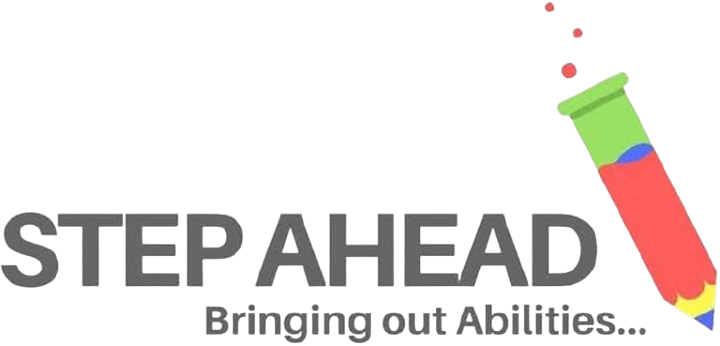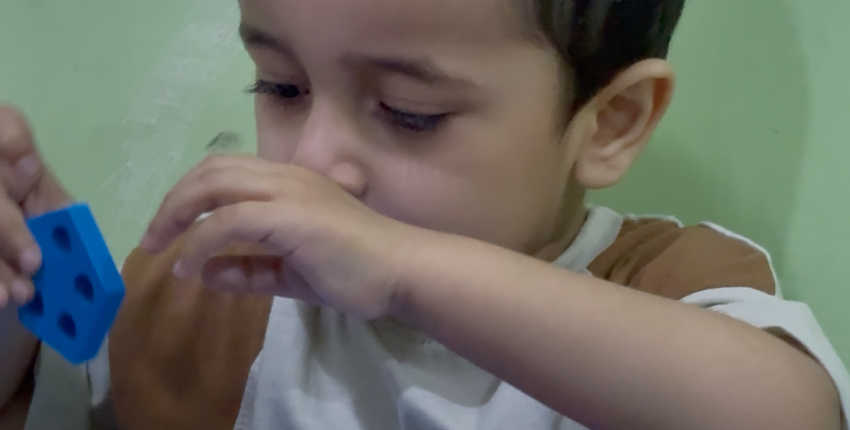ABA Therapy, or Applied Behavior Analysis, is a well-established, evidence-based approach used to improve specific behaviors and skills in individuals, particularly children with autism spectrum disorder (ASD). It focuses on understanding how behavior works, how it’s affected by the environment, and how learning takes place.
ABA therapy uses positive reinforcement to encourage desired behaviors and reduce those that may be harmful or interfere with learning. Therapists break down complex skills—such as communication, social interaction, self-care, or academic tasks—into smaller, manageable steps. Each step is taught systematically, with progress monitored closely and strategies adjusted as needed.
Sessions are highly individualized, based on the child’s unique needs and goals. ABA may take place in various settings, including homes, schools, and clinics, and often involves collaboration with parents and educators to ensure consistency across environments.
Some common techniques used in ABA include discrete trial training (DTT), natural environment teaching (NET), and behavior intervention plans (BIP). When started early and implemented consistently, ABA therapy can lead to meaningful improvements in communication, behavior, and independence.
While ABA is widely supported, it’s important that it is delivered with sensitivity, respect, and flexibility to support the child’s well-being and individuality.









